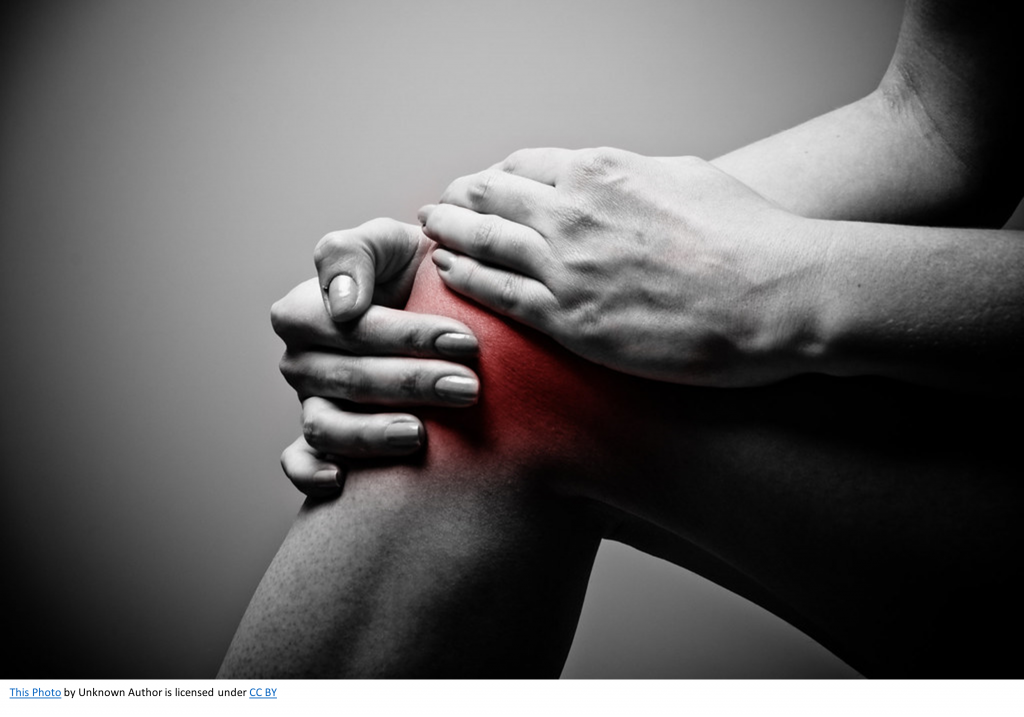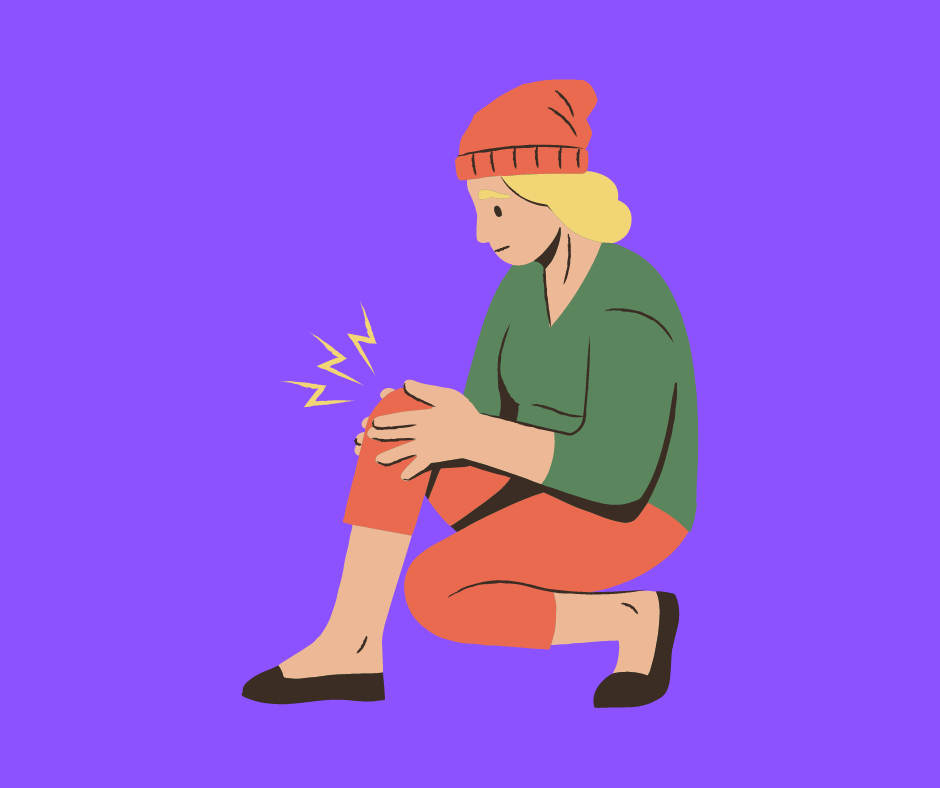
If you have read my previous blog on Knee Pain you will know that I used tapping to begin to address my mysterious knee pain!
You might be wondering why I didn’t raid my huge dispensary full of marvellous herbs ideal for such a situation…
Well, the honest response to that is that I simply didn’t know what was going on and where the injury was. Yes, in my knee but which part? Which kind of tissue was hurting?
So, I felt a bit stumped.
I had a trip to my osteopath to see if that would help. As a result, I now understand that there are postural things I have probably been doing for a long time which leave my knee under a constant stress-irritation. I habitually rotate externally from my hip and my foot pronates excessively, all of which leave my knee stuck in the middle.
It’s a wonder that it hasn’t hurt before.
Does that render the emotional things irrelevant? No. But, it certainly gives me a few more things to consider.
When I was tapping, I ‘felt’ my way into my knee, the surrounding areas and asked what was going on. I was aware of a constriction across the top of my thigh which I felt unable to let go of (stubbornness anyone?) and the pain itself was localised to a ring around the knee. Revising my knee anatomy, I saw that the tendons form a ring around the patella and ultimately they are attached to the thigh muscles. And, the thigh muscles are connected to the hip flexor which I know to be tight on me.
So, what to do now? Begin by bringing attention to the position of my foot and leg. Think about the hip rotation and foot pronation so that I can think them into a position which is more anatomically aligned. Not ‘trying’ to move anything but thinking into it, feeling it in different positions and generally having greater awareness.
Then to the herbs.
- Pain relief? Topical mint and chilli.
- Soft tissue repair? Topical comfrey
- Anti-inflammatory? Topical lavender and arnica
I created a very strongly mint-scented cream. It is dark grey from the comfrey root tincture I made and contact with eyes must be avoided as chilli and mint in the eyes is not funny!!!!
I love creating creams. They are one of the many pleasures of my job. I am a creamy person! I love hand creams, face creams, lip balms and anything to smooth into my skin. I have dry skin so my skin laps it up! I was once told by a massage therapist that I was absorbing the same quantity of oil she’d’ve expected for a 6 foot hairy man! Not exactly flattering to my 5’4″ unhairy 20-year-old self but I know now what she meant. Dealing with that is a whole other blog post!
A bespoke cream in addition to internal herbs can make for a full spectrum of treatment. Things on our skin end up in our bloodstream and consequently, I take very seriously what I put on my skin and give to my patients to put on their skin.
If you are struggling with your health and feel you would like a complete treatment, get in touch. I would love to create the cream for you.

